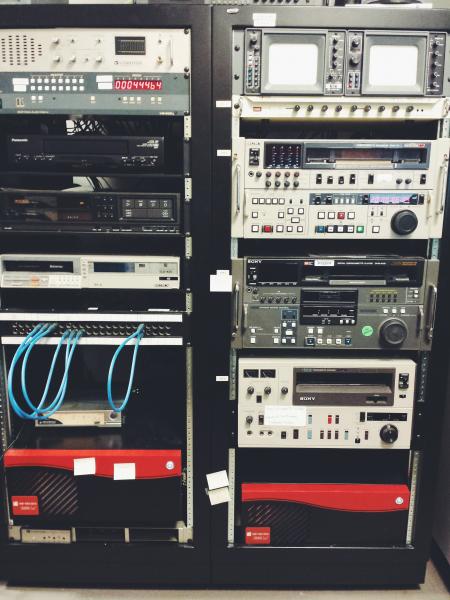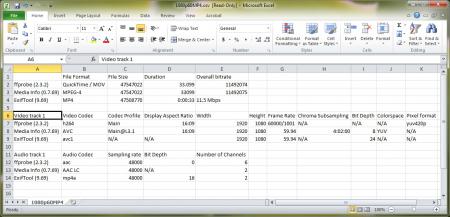
Collaboration. It's the one word that during almost every conference and pan-institutional discussion, everyone says, and hears, a lot. In fact, it's the theme of this year's Archives Month! But why is it so important to collaborate? Because collaboration allows for people with different knowledge and skill sets to come together to solve a common problem. At the Archives, we often work with other Smithsonian divisions and outside groups to solve complex problems in the field of audiovisual (AV) digitization and preservation.
A perfect example of collaborative work at its best is the AV Hack Day from this year's Association of Moving Image Archivists (AMIA) annual conference in Savannah, Georgia. During Hack Day, programmers and archivists came together to create open source tools that tackle common preservation problems that have been identified in the field of AV archiving. Some of the tools created include Hack Day Capture, a tool that works with a Blackmagic capture card and ffmpeg to digitize analog video, Video-Sprites, which eases the process of making web video more accessible, and Characterization Compare, which allows the user to see the outputs from EXIFtool, MediaInfo, and ffmpeg side by side. These tools and all of the others created during Hack Day are available on the AMIA Open Source Github page.

For the past several years, members of the Archives have worked with other government agencies to form a group called the FADGI (Federal Agencies Digitization Guidelines Initiative). The primary goal of this group is to create guidance for the digitization of still image and audiovisual materials that other archives, public or private, can use when making decisions on how to best preserve their materials. Last month, FADGI released file format comparison charts for still images and analog videos, as well as a set of case histories contributed from eight different units that detail how they are dealing with born digital audio and video content within their collections. The comparison chart for analog audiovisual materials provides information on sustainability, cost, and system implementation for the various codecs and wrappers that are currently being used to create preservation files.
Smithsonian divisions often collaborate with each other as well. Since the majority of the equipment in analog AV archiving can be hard to find, the AV archivists group (AVAIL) here at the Smithsonian created an internal registry of the different equipment owned by each of the divisions, so that we can work together to share resources. The list includes information on the number of decks of a particular type owned by a given division, as well as whether or not they are currently in working condition. This makes it so that when I come across a Hi8 tape in our collections, a format that we do not have a deck for, I can simply consult the registry and contact the appropriate division to see if their deck might be available for me to use. Through the AVAIL listserv, we have also shared our knowledge of different migration errors to help each other solve unusual problems.
Ultimately, it's important to collaborate with others in and outside your field because the knowledge of the many is often more comprehensive than the knowledge of few. Additionally, we are all working towards the same goal of preserving our collections in the best possible way, so working together allows us to optimize our resources and our time. How has collaboration helped you in your field of work?
Related Resources
- Smithsonian AV Archivists Tumblr
- The End of the Beginning: A Born Digital Survey at the Smithsonian Institution, The Bigger PIcture, Smithsonian Institution Archives
- Audiovisual conservation resources, Library of Congress
- Archives Month across the Smithsonian
Produced by the Smithsonian Institution Archives. For copyright questions, please see the Terms of Use.

Leave a Comment